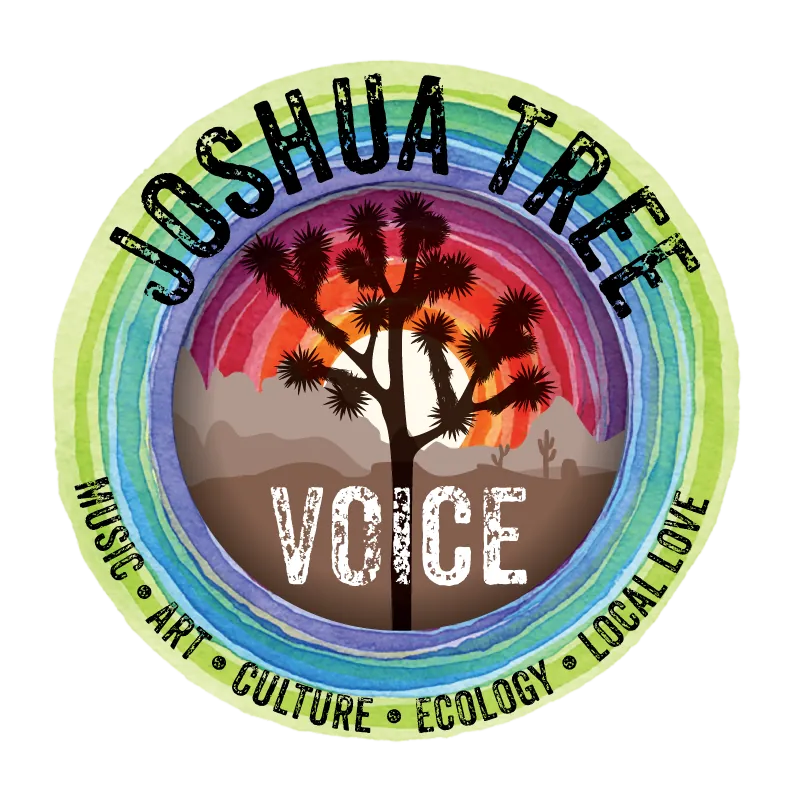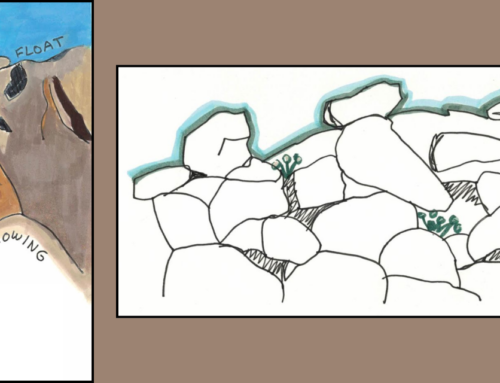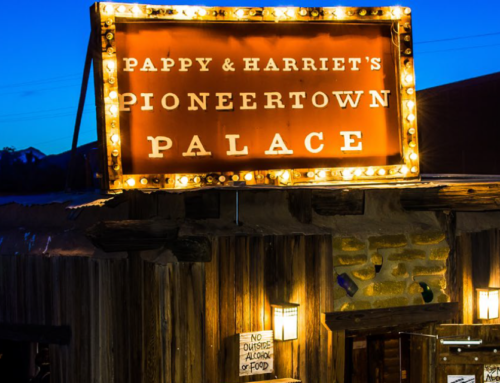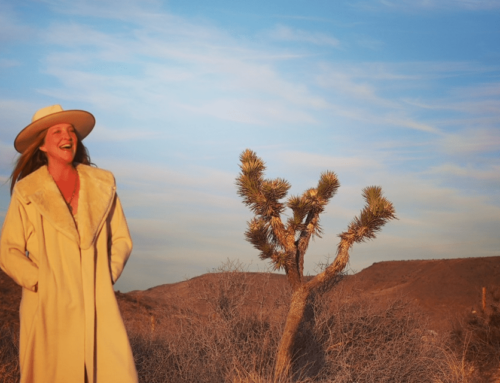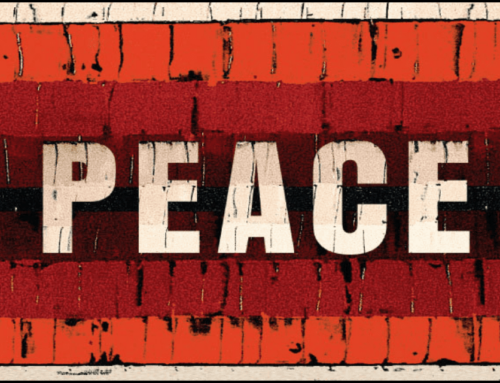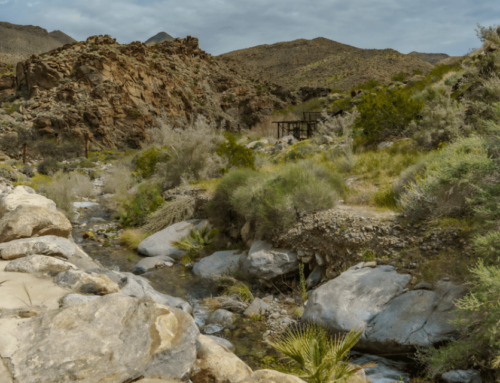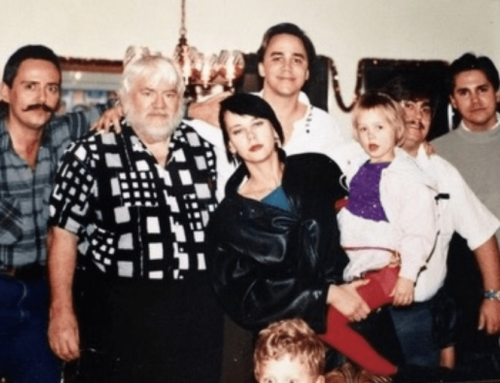
New Chuckwalla National Monument
Coachella, CA — Elected officials, Tribal and community leaders, and local residents joined Representative Raul Ruiz (CA-25) late September in calling on President Joe Biden to designate Chuckwalla National Monument in the California Desert and protect lands adjacent to Joshua Tree National Park. This is a historic opportunity to ensure equitable access to nature for communities in the eastern Coachella Valley and surrounding areas and to conserve stunning public lands that are known for their incredible biodiversity, cultural significance, and rich history.
“I am honored to introduce the Chuckwalla National Monument Establishment and Joshua Tree National Park Expansion Act of 2023,” said Dr. Ruiz. “I appreciate the leadership and partnership of many organizations, tribes, and community leaders who have laid the groundwork for this historic legislation. This legislation will protect our desert lands, improve air quality, expand access to recreational outdoor activities, and foster tourism and economic growth. I look forward to working with so many great partners who care deeply, like me, about our environment and health.”
The proposed Chuckwalla National Monument will benefit the residents of the eastern Coachella Valley and other local communities. Locals have suffered from extreme heat, air and water pollution, and limited access to nature. Permanently protecting nearby public lands, such as those in the proposed national monument, is an opportunity to ensure that these places are here for current and future generations to enjoy. It is also an opportunity to improve recreation access and how the lands are managed.
“I strongly support the proposed Chuckwalla National Monument and the expansion of Joshua Tree National Park,” said Mayor Oscar Ortiz of Indio. “These lands are a great place for our community to learn to appreciate and take care of our natural environment. For example, the popular Mecca Hills area in the proposed Chuckwalla National Monument is a place where people come to visit for hiking, picnicking, and camping with family and friends. It would also help us protect critical areas important for the long-term stability of our local plants and wildlife. We want to see these lands permanently protected and urge President Biden to take action.”
Some popular trails and places of interest that will be protected are Painted Canyon and Box Canyon in the Mecca Hills area, Corn Springs campground, and the Bradshaw Trail.
“The Chuckwalla National Monument proposal brings hope to Eastern Coachella Valley residents facing environmental challenges and limited outdoor recreation,” said Sendy Hernández Orellana Barrows, Conservation Program Manager, Council of Mexican Federations in North America (COFEM). “By safeguarding our state’s remaining intact and unprotected desert soils and providing inclusive access to recreational opportunities, we can create a resilient community for future generations to explore and appreciate while improving our physical and mental well-being. Thank you, Congressman Ruiz, for leading this cause. Let us join together and call on President Biden to safeguard our cherished Nuestro Desierto, our home.”
The lands proposed for protection include the homelands of the Iviatim, Nüwü, Pipa Aha Macav, Kwatsáan and Maara’yam peoples (Cahuilla, Chemehuevi, Mojave, Quechan, and Serrano nations). There are also many tribal heritage values and cultural resources throughout this living landscape in need of holistic and enduring protections. The proposed national monument and the national park expansion is supported by the Fort Yuma Quechan Tribe, Torres Martinez Desert Cahuilla Indians, and the Twenty-Nine Palms Band of Mission Indians.

Photo: Bob Wick. Dunefield off of Wiley’s Well Road.
Dune evening primrose under the night sky.
The Chuckwalla National Monument would be approximately 660,000 acres and the largest protected area of the Colorado Desert bioregion, which is a unique climate and biological community in the California Desert. The proposed monument is located south of Joshua Tree National Park and reaches from the Coachella Valley region in the west to near the Colorado River in the east. Permanently safeguarding these public lands and expanding the national park is critical to California’s efforts to fight climate change and conserve biodiversity. Given the size of the monument, this effort would contribute significantly to state and federal commitments to protect at least 30% of public lands and coastal waters by 2030. Some of the species that would benefit include the chuckwalla lizard, the desert tortoise, and the desert bighorn sheep.
“Our desert is incredibly rich in biodiversity, with each mountain range and valley home to unique plants and animals found nowhere else on Earth,” said Colin Barrows, Co-Founder, CactusToCloud Institute. “The proposed Chuckwalla National Monument and Joshua Tree National Park Expansion would protect and connect these ‘islands’ of diversity, creating vital climate refugia and building resilience in the face of warming temperatures, increased drought, and habitat loss.”
The proposed Chuckwalla National Monument is complementary to the goals of the Desert Renewable Energy Conservation Plan (DRECP), which identified areas suitable for renewable energy development as well as lands that should be safeguarded for their biological, cultural, recreation, and other values. The proposed monument does not conflict with the development of renewable energy, and, in fact, the monument boundaries were specifically drawn to avoid areas identified in the DRECP as suitable for development. The DRECP also identified many of the lands in the proposed monument as being important to conserve for their biological values. Permanently protecting these lands will help to fulfill the DRECP’s goal of balanced development and conservation.
This effort is also proposing to protect approximately 17,000 acres of public lands in the Eagle Mountains that are adjacent to Joshua Tree National Park. The National Park Service (NPS) has studied has indicated that it would be feasible to incorporate the area into the park. According to the NPS, these lands are a “key building block” for landscape conservation in the desert. In particular, the area is critical for the migration of bighorn sheep populations.
Local leaders are calling on President Biden to use the Antiquities Act to designate a national monument adjacent to the park. These lands would be managed cohesively by the National Park Service. The Antiquities Act is a 1906 law that grants U.S. presidents the ability to designate federal public lands, waters, and cultural and historical sites as national monuments with a Presidential Proclamation.

Photo: Andrea Iniguez, CalWild. A chuckwalla lizard at Corn Springs Campground.
The effort has already garnered diverse local support, including over a dozen current and former local elected officials, the Fort Yuma Quechan Indian Tribe, the Torres Martinez Desert Cahuilla Indians, the Twenty-Nine Palms Band of Mission Indians, the cities of Banning, Palm Springs, and Desert Hot Springs in Riverside County and Calipatria in Imperial County, over a dozen businesses, Chambers of Commerce, and over 1,000 residents of the eastern Coachella Valley and neighboring areas.
“The proposed Chuckwalla National Monument in the California Desert would help address the gap that Latinos face in accessing nature,” said Iris Gutierrez, President, High Desert Hispanic Chamber of Commerce. “Studies have shown that people of color, low-income communities, and families with children are most likely to be deprived of the wellness benefits that nature provides.”
Protect CA Deserts is a coalition of local, regional, and national organizations that are working together on this historic opportunity to designate the Chuckwalla National Monument and expand Joshua Tree National Park. This will help ensure access to nature for residents and visitors, protect unique biodiversity, safeguard the desert’s rich history, and honor the cultural landscape of the Iviatim, Nüwü, Pipa Aha Macav, Kwatsáan and Maara’yam peoples (Cahuilla, Chemehuevi, Mojave, Quechan, and Serrano nations).
For more information, and to sign the petition, go to https://protectchuckwalla.org/takeaction/
Cover Photo: Bob Wick. Sunrise from the Bradshaw Trail looking towards little Chuckwalla Mountains.

Photo: Colin Barrows, CactusToCloud Institute. Community members in the Mecca Hills.
